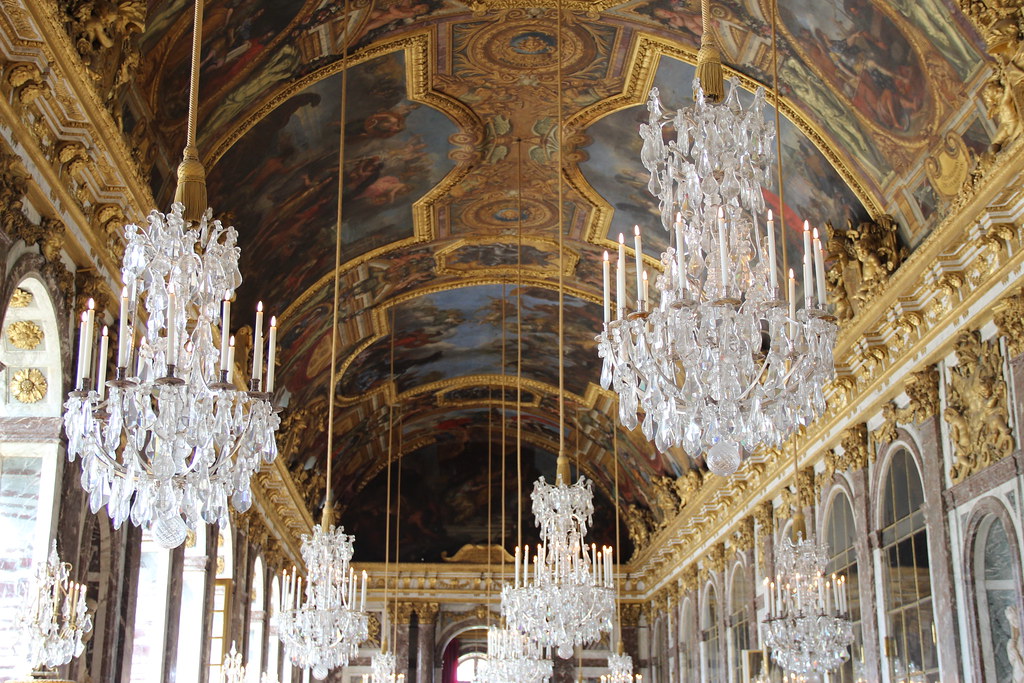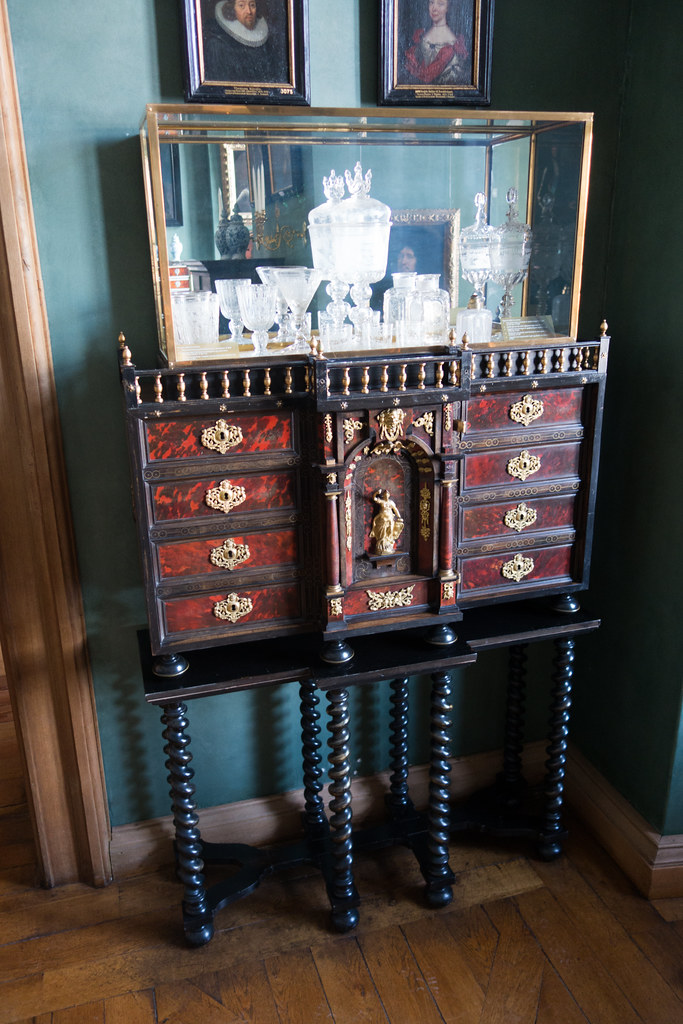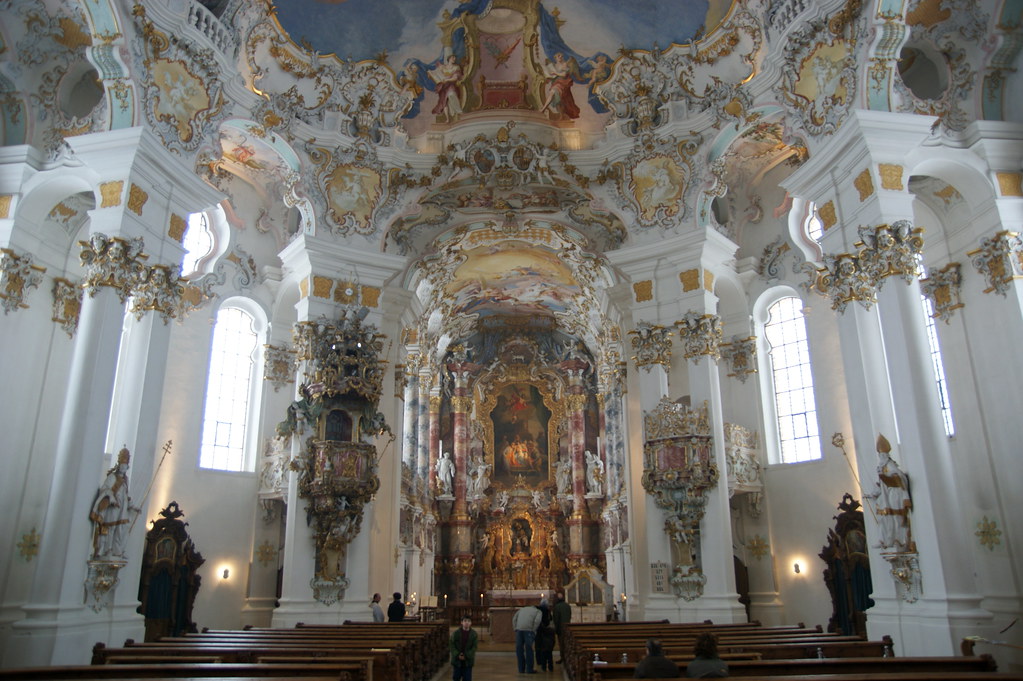Following Baroque tastes, the furniture from this period makes a show of gilded details, heavy moldings, twisted and elaborated motifs.

Private Rail Car – Virginia City – lounge
Image source: https://search.creativecommons.org/photos/8bb38ed6-031a-492a-ba0b-a1a7fa127b8c by Luxury Train Club
Unbrindled Luxury
Reflecting Baroque style, furniture had plenty of details, with sumptuous and sometimes exaggerated decoration. Despite the elaborate ornamentation, Baroque compositions were characterized by a delicate balance and a harmonious integration of all elements. The furniture pieces showed off symmetrical structures, strapworks, pilasters, religious themes, and minute details replicated on both sides. Twisted columns, which incorporated plenty of curves, gave a sense of dynamism. Four legs diagonally interlaced were commonly the only element to touch. Each section was decorated with proportioned heavy moldings and pietra dura, a mosaic-like technique in which colored stones are cut and shaped.

Image source: https://search.creativecommons.org/photos/365a7971-bb77-494a-9092-3f48ddd8e786 by Gary Lee Todd, Ph.D.
An Exuberant Style
Elegant materials imported from Asia were commons, thanks to the establishment of regular trade routes. Exotic woods were exclusive and highly demanded, especially ebony and mahogany, which were used in many pieces. However, also local woods, such as oak, walnut, and chestnut were widely used. The inlays were a recurring element and were made by inserting veneers of contrasting colors, and sometimes different materials. Occasionally furniture had a marble slab, crated by mixing contrasting shades.

Image source: https://search.creativecommons.org/photos/09540eb9-bcd8-408f-b7c5-30d78ed16434 by quinet

Anyway, the most iconic elements of the Baroque style are the gilded finish, made. These exuberant symbols of luxury were associated with wealth, and European courts were decorated with golden furniture, such as Versaille and Louis XIV court. The motifs for decoration were usually stylized foliage and geometric, with spirals and curves, but the corners and the top of the legs were usually adorned with cherubs, animals, and mythical creatures.

Painted and gilded wood, marble top
Image source: https://search.creativecommons.org/photos/c89a1adc-5e40-4f24-9307-2efabd1a642a
Wonder and Awe
The Baroque affected architecture, music, dance, painting, sculpture, and other arts. This style flourished in Rome and was widespread throughout Italy and the rest of Europe from the early 17th century until the half of the 18th century, following Mannerism and preceding the Rococo (a Baroque evolution). The term derives from the Italian “Barocco”, which was used by medieval philosophers to describe errors in logic schemes. In this case, the term is used to denote a contorted idea or complicated thoughts, as is clear in the Baroque style. Moreover, this revolution was encouraged by the Catholic Church to counter the simplicity and austerity of the Protestant style.

Image source:https://search.creativecommons.org/photos/0e066f74-5fd3-414d-84dc-55c0969abe45 by Allie_Caulfield
Info source:
https://study.com/academy/lesson/baroque-furniture-style-characteristics-history.html
https://www.britannica.com/technology/furniture/17th-century-the-Baroque-style
